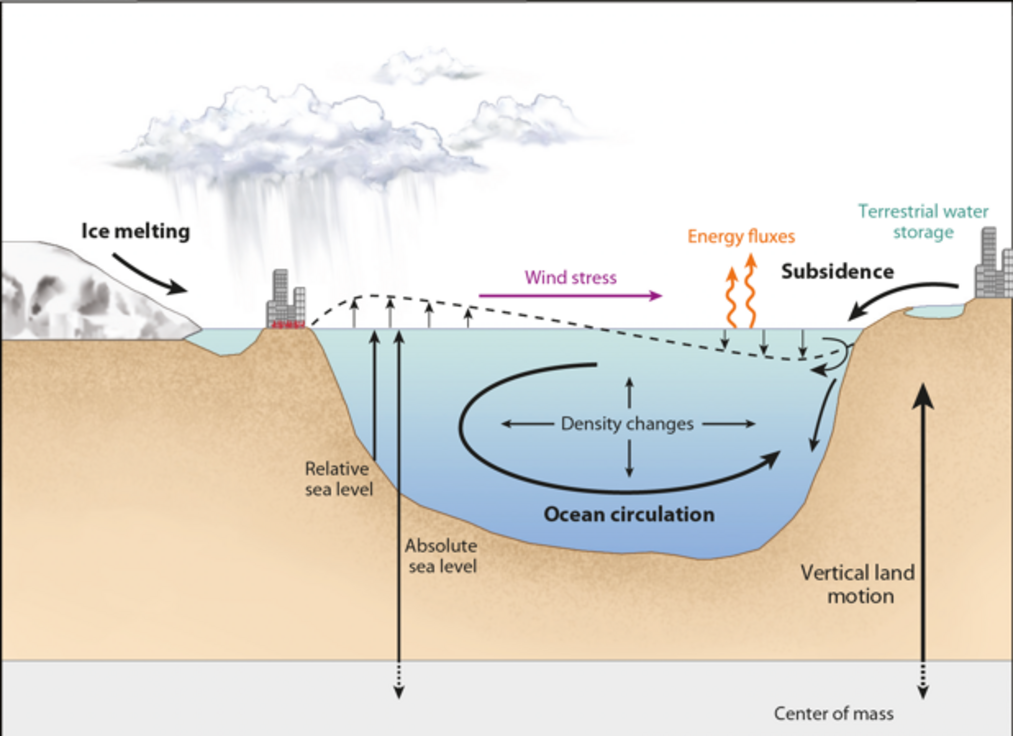Scientific Background
Coastal sea level rise is one of the key effects of anthropogenic global warming, with far-reaching consequences for all coastal societies around the world (Milne et al., 2009). The level and severity of related societal impacts on low-lying coastal regions and islands will fundamentally depend on the detailed amount and the rate of coastal sea level change, on the availability of predictions accompanied by uncertainty information, on the natural response of the surrounding coastal system to those changes, but also on the way societies choose to adapt to sea level change - technically, economically and politically. Many of the respective considerations inevitably have to be local in nature, involving sustainable coastal development, integrated coastal management, coastal protection, damages, economic slowdown, changes in biodiversity, and health issues. Social sciences aspects of sea level research therefore have to be approached in a very local way, e.g., due to available scientific information, resources, economic power, and the level of local governance. However, local sea level change fundamentally depends on processes taking place remotely, making coastal sea level studies inevitably a global problem. Moreover, local societal impacts of sea level change can advance to global dimensions (e.g., trading and migration).
Local sea level is directly or indirectly affected by all components of the climate system, including the ocean, atmosphere, cryosphere, solid Earth and terrestrial hydrology (Fig. 1), but also by local human interventions (e.g. Becker et al., 2009). However, the relative contribution of individual processes to regional or local sea level change strongly depends on the spatial and temporal scales under consideration. Besides climate processes, local vertical movement of the sea floor can likewise influence coastal sea level in a severe way (e.g. Nicholls and Cazenave, 2010), and requires addressing geological processes (e.g., tectonics, isostatic adjustment, geomorphology), but also human activities such as ground-water extraction.

Significant progress in understanding trends in global mean sea level has been achieved over the last decade (Church et al., 2011). However, fundamental gaps remain in our quantitative understanding of processes leading to coastal sea level changes in the past, in our ability to project coastal changes into the future (Church et al., 2014) and in our ability to use this information for guidance of the coastal community. A dedicated scientific program is required that identifies and quantifies processes leading to coastal sea level change, and that provides comprehensive information on the interactions of socioeconomic developments with geophysical processes and climate modes, related societal responses, resilience capacities, and preparedness for undertaking adaptation measures, schematically illustrated on the title page graphic. Only such a program jointly involving scientist from the climate and coastal research communities can provide the scientific basis for a well-founded investigation of adaptation strategies to sea level change.
